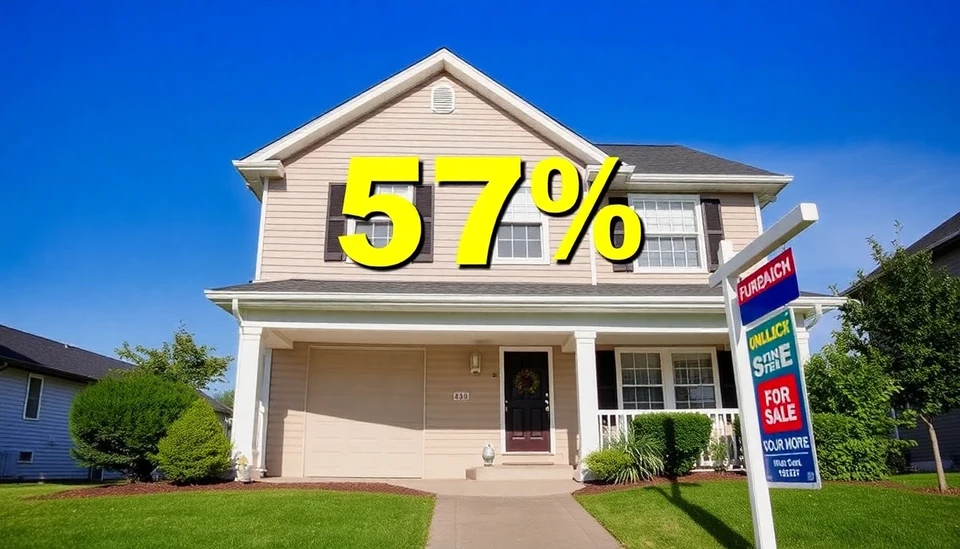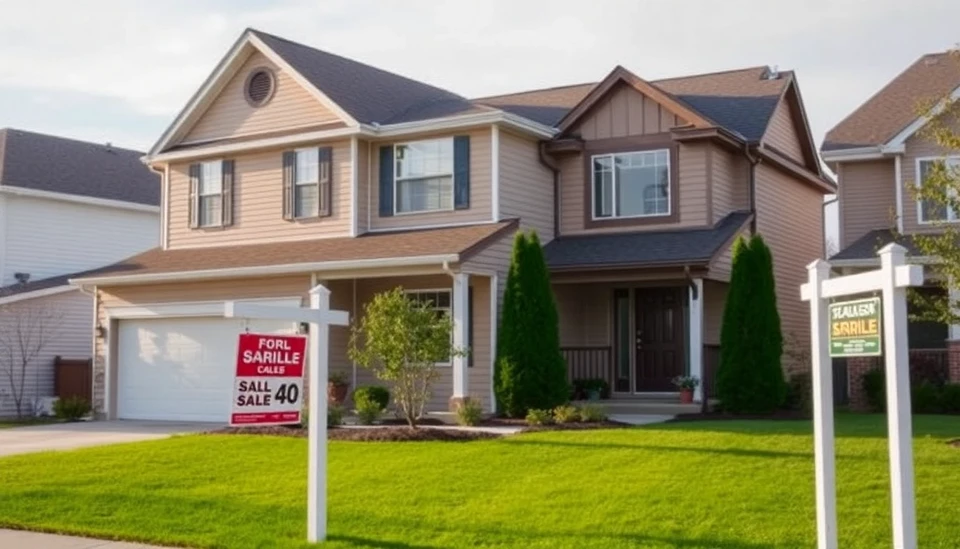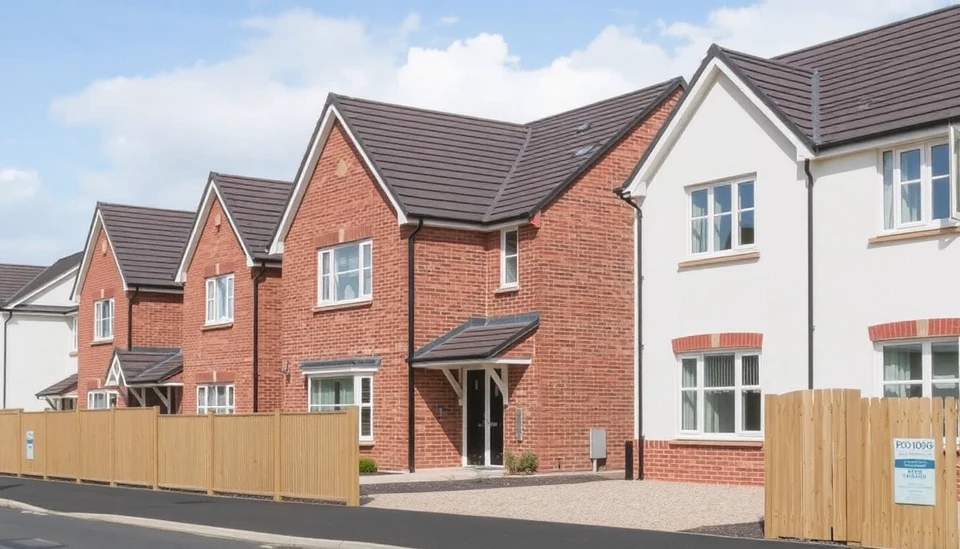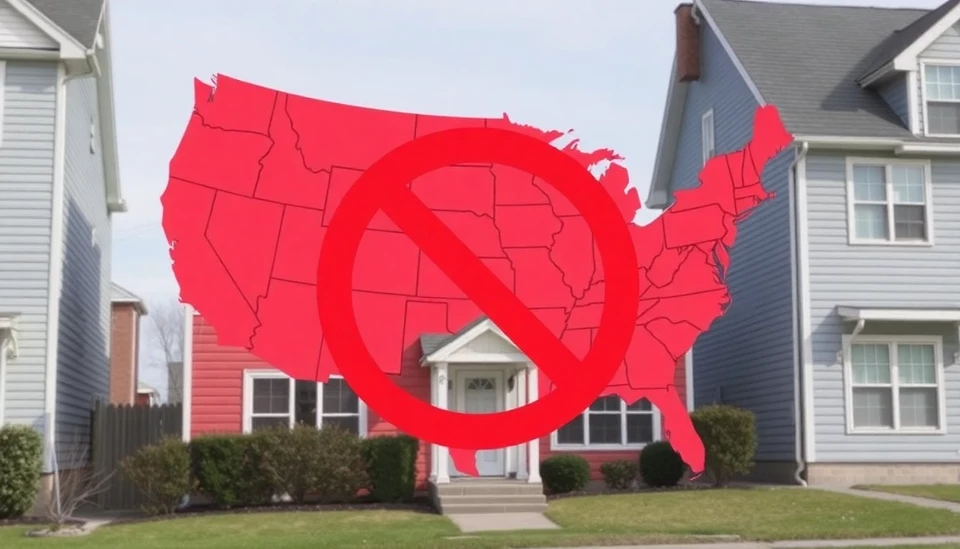
In an alarming turn for the housing market, existing home sales in the United States have witnessed a significant decline, largely attributed to the current mortgage rates climbing to a staggering 7%. This change reflects not just the changing dynamics in the housing market but also the broader economy influenced by inflation and monetary policy adjustments.
The latest report reveals that existing home sales fell for the second consecutive month, demonstrating a shift in both buyer sentiment and activity levels. The National Association of Realtors (NAR) has indicated that the seasonally adjusted annual rate of sales dropped to an annual rate of 4.02 million units in January, down from 4.03 million in December. The lackluster performance raises concerns about the resilience of the housing market amidst unpredictable financial conditions.
As mortgage rates continue to hover around the 7% mark, potential homebuyers are finding it increasingly difficult to enter the market. High borrowing costs have forced many to reassess their purchasing power, effectively cooling demand in a market that was previously characterized by fierce competition and escalating prices.
Moreover, inventory levels remain critically low, further complicating the situation. Many sellers are hesitant to list their homes, unwilling to part with low-rate mortgages they secured during previous expansive lending periods. This lack of available homes contributes to escalating prices in the few segments that are still witnessing sales, unseen in typical market cycles.
Real estate experts are closely monitoring these trends and highlight that such conditions could lead to a recalibration in market strategies for both buyers and sellers. They advise potential buyers to carefully consider their financial situations and look for opportunities, despite rising interest rates. Conversely, sellers are being urged to be realistic about pricing and the overall market climate.
Furthermore, economists predict that this downturn may persist if the Federal Reserve continues to raise interest rates to combat inflation. The interconnectedness of monetary policy and the housing market underscores the importance of strategic planning for both buyers and sellers in the near future.
The ongoing challenges are forcing both sides to adjust expectations, creating an environment filled with uncertainty but also potential opportunities for informed participants in the real estate market.
As the situation unfolds, it remains to be seen how these dynamics will shape the housing landscape throughout 2025 and beyond, making it a critical period for stakeholders to remain vigilant and responsive to new developments.
In summary, the current state of existing home sales in the U.S. is a tough landscape characterized by higher mortgage rates, low inventory, and a recalibrating market. Stakeholders are advised to remain informed and adaptable as the situation continues to evolve.
#HousingMarket #RealEstate #MortgageRates #Economy #HomeSales #MarketTrends
Author: Laura Mitchell




